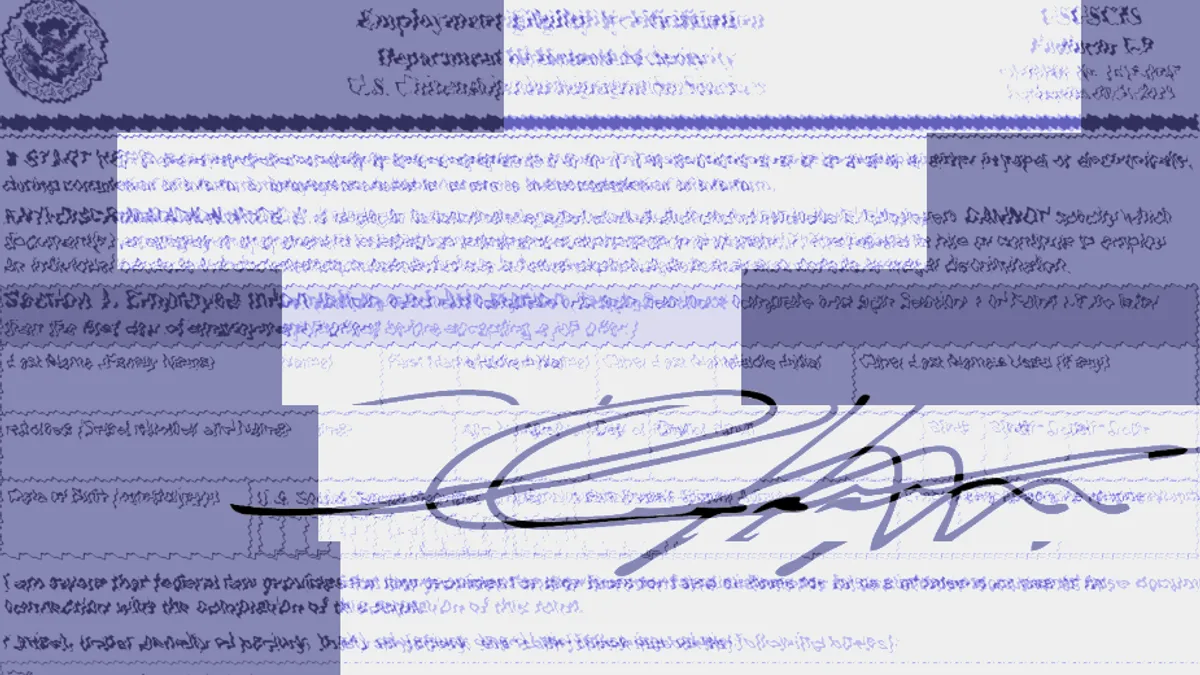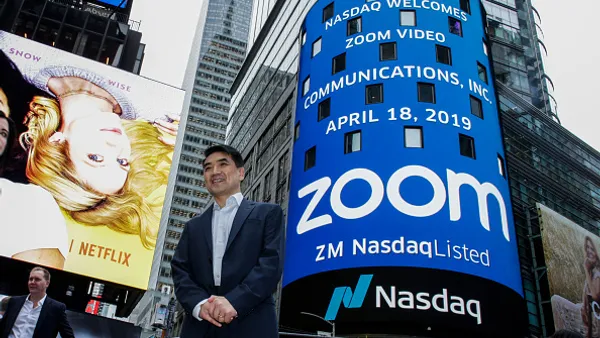It’s not fun being exhausted, dodging conflict, performing unnatural tasks, and feeling like you don’t belong. But these are common issues when employees are in the wrong role. It’s also not fun for you as an HR leader to see these challenges and feel ill-equipped to fix them.
When you dig into what isn’t working, often you'll find that your lack of business synergy stems directly from people not being in the right roles or that you have specific strengths missing from the fold. These gaps and mismatches lead to several inevitable problems.
The good news is that every single one of these problems is avoidable with the right insights into your team’s natural strengths, weaknesses, and abilities—and aligning those with your business needs. When you do that, you can circumvent the following four pitfalls.
When employees are in the wrong roles…
1. Hiring becomes ineffective
Based on our research, there’s a 57% chance you wish you’d had support with talent acquisition and retention over the past year. Hiring can be exhausting, especially if you hire the same way repeatedly, expecting different results. But even more than exhausting, a flawed hiring strategy wastes your time and money—over and over again. (Not fun.)
You can improve results by optimizing your talent. When you know your current employees are in the right roles, you can better assess what skills you need to hire for. “When you plot your team behaviorally, it gives you insight into your team's strengths and what you're trying to achieve, which means you can identify gaps holding you back,” says Jackie Dube, the Chief People Officer at The Predictive Index. “Those gaps will be a struggle for your team, but you can avoid them by looking at your next hire to fill them or making an internal hire who fits the needs.”
Of course, to do that, you need a way to gather that data from your candidates…and presently, only 33% of hiring managers say they have objective behavioral and cognitive data on candidates they are interviewing. Some say this is a big mistake, but we say it’s a big opportunity.
Because if you do that—if you use behavioral data in the hiring process—you will get candidates onboarded faster, see them perform better and watch them stay longer. So, by all means, please save your energy (and your money) by optimizing your teams.
2. Conflict at work sneaks in
You invite conflict into the workplace when you don't ensure your team members are in the right roles or on the right teams. An increased level of conflict then leads to downturns in productivity, more absenteeism, toxic work environments, and heightened stress levels. (Definitely not fun.)
“When talent isn’t optimized, they're likely working in stressful environments, and teams can crash into each other like bumper cars,” says Dr. Matt Poepsel, Ph.D., The Predictive Index's VP of Professional Services and Author of Expand the Circle. “Conflict makes for an even more depleting environment, and it's simply not energizing to work in a state of conflict.”
How many companies are operating like an amusement park ride? Our recent research found that 40% of HR executives believe stress and/or burnout is a major concern or challenge among employees. As conflict contributes to elevated stress and elevated stress leads to further conflict, it’s a vicious cycle, but it's one that you can avoid by ensuring the right fit before the conflict can even begin by building more cohesive teams.
3. Diverse perspectives get lost
It’s well documented that prioritizing diversity can lead to better company cultures and performance. And yet, our research found that 70% of HR executives think they can do better at creating an inclusive environment. One way to do better: optimize your talent to foster more inclusion. Because when you don’t feel a sense of belonging? Also not fun.
Talent-optimized companies inherently ensure that diverse perspectives are heard—rather than lost—by building more inclusive teams and making mindful hires. When this happens, you are setting yourself up for higher rates of innovation and retention, says Dube. “Inclusive culture allows people to show up as they are, and when they’re their true selves at work, they are more creative, innovative, and productive.”
One reason for this is that talent optimization balances out your teams so that there’s a mix of personality traits and other characteristics that differ from the group. According to Dr. Poepsel, this is "a really good thing because it prevents groupthink and overused strengths."
4. Employees are less engaged
Imagine a task you actively go out of your way to avoid (think: laundry, excel sheets, washing dishes, etc.) Now imagine what it feels like when you begrudgingly finally have to do that task. Are you engaged? Does it come to you easily? Probably not.That could be a similar experience for your employees if they’re not in the right roles, and certainly won’t result in that discretionary effort most employers hope for.
“If you ask someone to do something that they’re naturally wired to do and that they’re naturally motivated to do, performance and experience will follow suit,” explains Dr. Poepsel. Without employees in the proper role, they may be less engaged and, therefore, more likely to look for engagement elsewhere.
According to Gallup, replacing an employee can cost your company anywhere from one-half to two times the departing employee’s annual salary. Yikes. And yet, this is one more problem that can be avoided when you ensure people are in the right roles or, at the very least, diagnose disengagement to get to the bottom of it.
It doesn’t have to be this way
You do not have to operate with these hazards, and you can avoid them entirely by ensuring your team members are in the right roles before challenges even form. So skip the mismatch by matching your people to the proper roles.
Steer clear of these common pitfalls by optimizing your talent. Get the latest research to strengthen your team in the 2023 State of Talent Optimization Report.










